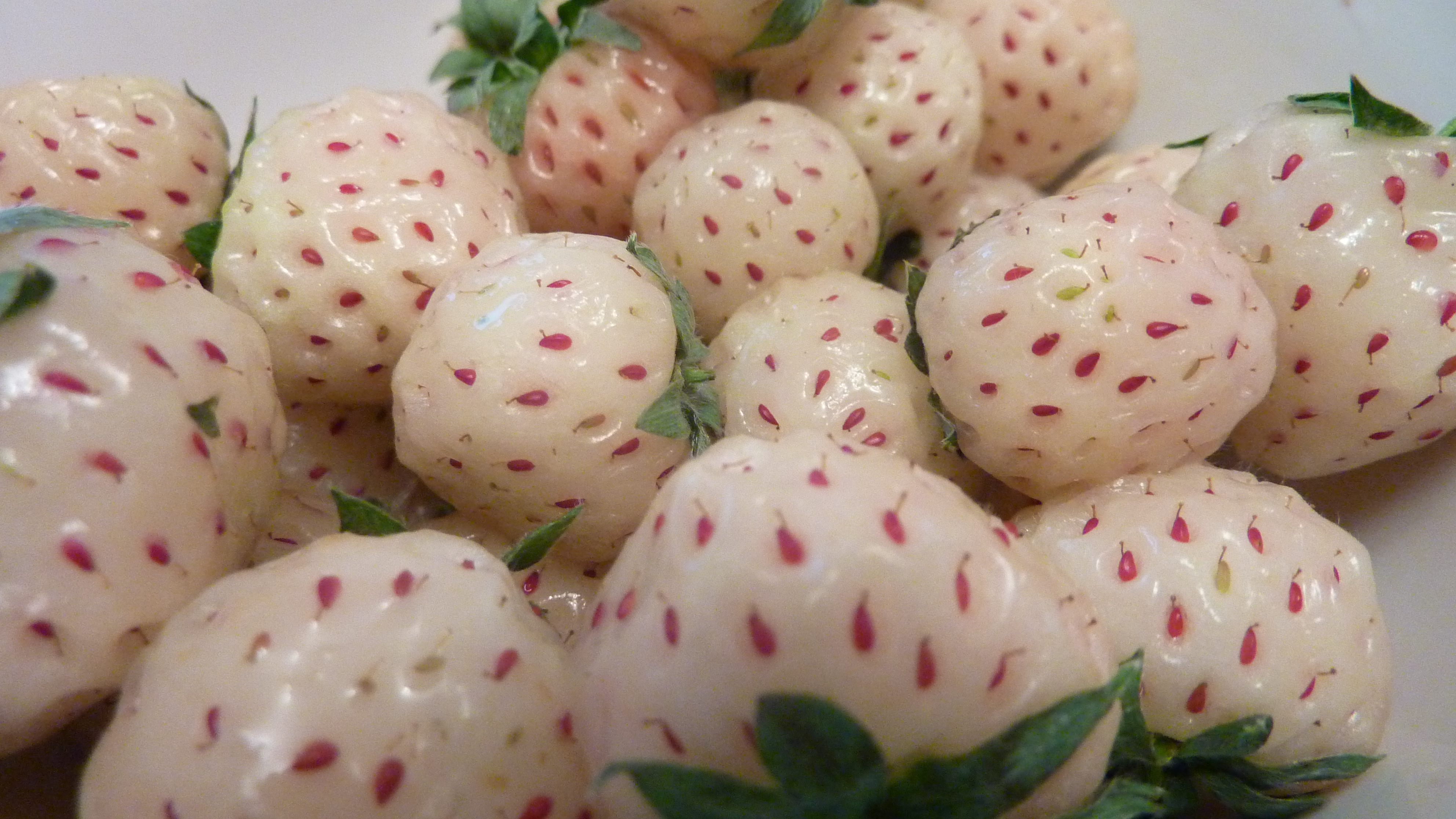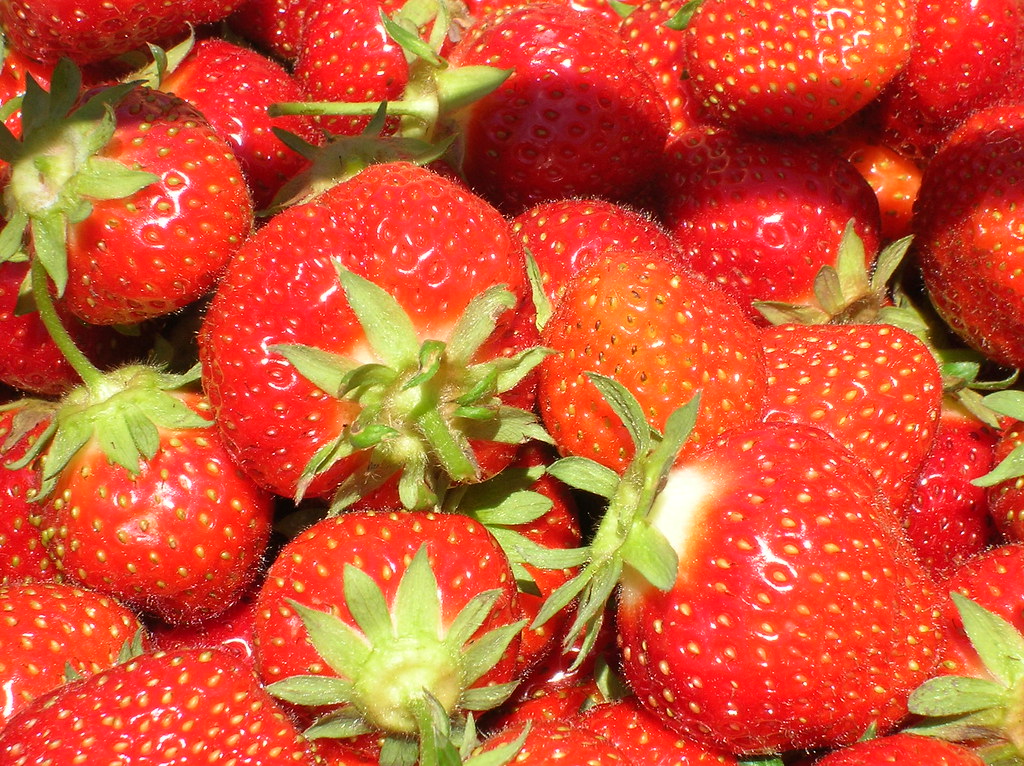The gardening world is vast and full of surprises, and among its hidden gems are pineberries – the white strawberries that come with a twist of citrus. Imagine walking through your garden, brushing past the green foliage, and stumbling upon a cluster of creamy white berries, speckled with red seeds. This isn’t a scene from a fantasy novel; it’s the reality of growing pineberries, also known as Fragaria x ananassa. These berries are not just a delight to the eyes but also to the taste buds, offering a unique flavor reminiscent of strawberries and pineapples combined.
From their origins in South America to their commercial release in Europe around 2010, pineberries have captivated the curiosity of fruit enthusiasts and gardeners alike. Unlike the usual red strawberries that grace our gardens, pineberries present a peculiar allure. Their color, ranging from white to blush-pink, and their slightly citrusy flavor set them apart from their more conventional counterparts. It’s fascinating to learn that pineberries are not a result of modern genetic engineering but are born from the cross-pollination of two distinct strawberry species – the beach strawberry from Chile and the wild strawberry from North America.
The discovery of pineberries and their journey to our gardens is a testament to the wonders of nature and the ingenuity of horticulture. I remember my first encounter with a ripe pineberry; it was nothing short of magical. The soft, sweet flesh with that hint of pineapple left me marveling at the diversity of flavors nature can create. However, as intriguing as they are, pineberries come with their set of challenges and considerations for the aspiring gardener.
Starting your pineberry cultivation journey requires a leap of faith and a bit of knowledge. One crucial piece of advice for anyone looking to grow these berries is to begin with plants, not seeds. Despite the temptation, purchasing pineberry seeds might lead to disappointment, as there’s a slim chance the plants grown from these seeds will produce the white strawberries you’re after. This is due to the hybrid nature of pineberries, where seeds do not necessarily inherit the white fruit trait.
Obtaining pineberry plants might initially seem like a daunting task, given their rarity in the early days of their introduction. Now, with the increased availability from nurseries and specialized growers, adding pineberries to your garden has become more accessible. Whether you start with a single plant or a small collection, the rewarding experience of watching them flourish and multiply through runners is unmatched. Each year can bring an exponential increase in your pineberry patch, offering not just an abundance of fruit but also the joy of sharing with friends and family.
Cultivating pineberries shares many similarities with growing traditional strawberries, making it an achievable endeavor for both seasoned gardeners and beginners. The key to success lies in providing them with full sun, rich soil supplemented with compost, and regular watering. Additionally, mulching with straw and taking precautions against slugs and birds can protect your precious berries, ensuring a bountiful harvest. Pineberries’ vigorous growth and propensity to produce numerous runners mean that you might soon find yourself with more plants than you know what to do with. This characteristic, while advantageous, also suggests that separating pineberries from other strawberry varieties might be a wise decision to prevent them from overshadowing their red counterparts.
The allure of pineberries isn’t limited to their unique appearance and taste. Their ability to continuously produce berries throughout the summer, as long as the conditions are right, adds another layer of appeal. The anticipation of ripe pineberries, judged by the redness of their seeds, becomes a summer-long treasure hunt. However, the true magic lies in the harvest and the myriad ways to enjoy these delightful berries. Whether fresh, frozen, or transformed into preserves, pineberries offer a culinary adventure. From pancakes adorned with creamy white berries to a bowl of porridge that carries the essence of strawberries without the pink hue, pineberries infuse everyday dishes with an extraordinary twist.
The journey of growing pineberries from a humble plant in your garden to a bountiful harvest is a rewarding adventure. It’s a testament to the beauty and diversity of nature, offering not just a unique gastronomic experience, but also the satisfaction of nurturing something truly special. As we delve deeper into the practicalities of cultivating these berries in the next section, let’s take a moment to appreciate the enchanting world of pineberries. A world where the ordinary becomes extraordinary, and every harvest tells a story of patience, care, and the simple joys of gardening.
Welcome to your comprehensive guide to cultivating pineberries! Pineberries, those delightful white strawberries with a citrusy twist, are not just a unique addition to your garden but a testament to the wonders of gardening. As we embark on this journey to grow pineberries, let’s dive into the practical steps that ensure not only their growth but a bountiful harvest that will make every summer a berry-filled delight.

Acquiring pineberry plants is where your adventure begins. The road to a flourishing pineberry patch starts with obtaining the right plants. Remember, it’s crucial to start with plants, not seeds, due to the hybrid nature of pineberries. You might be tempted by offers of pineberry seeds online or at farmer’s markets, but heed the advice of seasoned gardeners: these seeds are unlikely to yield the white strawberries you desire. Look for trusted nurseries or garden centers, keeping an eye out for varieties like Snow White, White Dream, or White Carolina among others. Starting with a few plants is wise, as they are known for their prolific nature, producing numerous runners that will expand your pineberry empire in no time.
Planting your pineberry starts is the next pivotal step. Whether you have bare-root plants or potted ones, the key is to plant them in a location that bathes in full sun. Pineberries thrive in rich soil, generously amended with compost, ensuring they have all the nutrients they need for vigorous growth. Be mindful not to plant them too deep; the crown should be at soil level, ensuring healthy development. Watering is essential, especially in the initial stages and during dry spells, to keep the soil moist but not waterlogged.
A significant aspect of pineberry care is mulching. As the berries begin to form, a layer of straw or another suitable mulching material under them can prevent a multitude of problems, from rot to slug attacks. Speaking of slugs, they pose a real threat to your pineberries. Implement strategies like beer traps or organic pellets to keep these pests at bay. Netting is another crucial step, protecting your precious berries from birds and other wildlife intrigued by your white treasures.
As the season progresses, the anticipation of the first ripe pineberries grows. But when are they ripe? This can be a bit tricky due to their unique coloring. A ripe pineberry will have bright red seeds and a creamy white hue, possibly developing a light pink blush if left on the plant long enough. Don’t rush to pick them; patience here will reward you with the sweetest, most flavorful berries.
Harvesting, though possibly more labor-intensive due to the smaller size of the berries compared to traditional strawberries, is immensely rewarding. Imagine bowls filled with creamy white berries, ready to be savored fresh, frozen for later use, or transformed into delightful preserves. The versatility of pineberries in culinary creations is only limited by your imagination, from breakfast pancakes to a refreshing summer salad.
As the season wanes, the cycle of care for pineberries continues. Autumn is the time for a top dressing of composted manure, preparing your plants for the next year. It’s also an opportunity to manage the runners; these can be rooted to form new plants or removed to keep your patch in check. Remember, pineberries, with their vigorous growth, can overshadow other plants, so keeping them contained might be something to consider.
Growing pineberries is more than just about the berries. It’s about the journey, the learning, and the joy of gardening. From the moment you plant the first pineberry to the day you taste your first home-grown berry, the experience is filled with anticipation, care, and ultimately, the sweet taste of success. As we wrap up this guide, remember that gardening is an adventure, and with pineberries, it’s one that brings a unique and delightful twist to your garden. Here’s to a bountiful harvest and the many joys of pineberry gardening!
Related posts:
How to grow Pineberries – White Strawberries with a Citrus Kick





